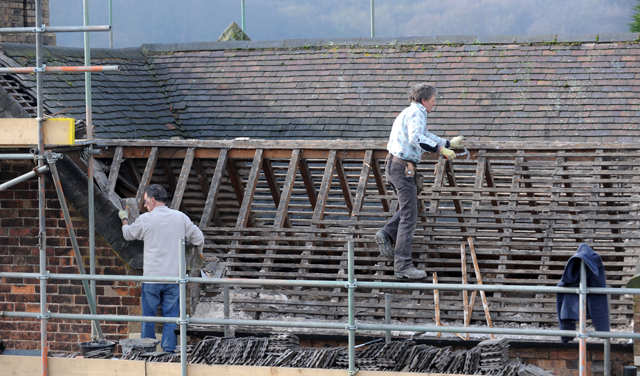Listed buildings: assets or liabilities?
The attitude towards listed buildings, and their owners, must change drastically if our heritage is to be properly preserved, says a new report


An independent report into the listed-building-consent system has revealed the burden that is put upon some owners and guardians of England and Wales’s 750,000 listed buildings and highlighted the need for modernisation, education and flexibility.
Some 80% of respondents to the report Asset or Liability? Owning a listed building in the 21st century said that the current system is ‘illogical’ or ‘inconsistent’. About two-thirds think it freezes listed buildings in aspic and thwarts sympathetic evolution, 87% think policy is ‘too precious’ about features that are not significantly historic and 88% of new owners of listed properties know nothing about their conservation. George Osborne’s cutting of VAT relief on repairs was a further blow.
The CLA, whose members own or look after about 25% of all listed buildings, says the system run by Government quango English Heritage (EH) is dysfunctional. ‘The report endorses our own research,’ says CLA South West director John Mortimer.
‘We now have sound national planning policy for heritage and listed buildings, but reform of listed-building consent— which is needed before anything can happen—has made limited progress and the system is in danger of collapse as local authorities repeatedly cut the staff supposed to run it.’
The Listed Buildings Initiative, an independent, Bristol-based group, found owners of listed buildings are twice as likely as other owners to pay more for improving their property. Most worryingly, 80% of respondents suggested that consent decisions are based on the individual officer’s personal judgement and can come down to a postcode lottery; they say experienced officers are a dwindling population.
The responses should sound ‘warning bells’, says report author Patricia Smith, a historian. ‘The authorities cannot assume that a neverending queue of potential owners with infinitely deep pockets will take their place,’ she writes.
Matthew Slocombe, director of the Society for the Protection of Ancient Buildings, comments: ‘With the imminent creation of Historic England [an administrative sub-division of EH], this gives an interesting opportunity for a review of the way the whole system operates. And, with drastic losses of local-authority conservation staff, there are pressing and very strong reasons for a review.’ However, EH defends its record and points out that the survey is not representative. ‘Although about 90% of applications for listed-building consent are approved, a figure that has remained level for some time, EH consistently works hard to improve the legislation, policy and guidance that underpin the system,’ says a spokesman.
Exquisite houses, the beauty of Nature, and how to get the most from your life, straight to your inbox.
‘We put considerable resources into the training and awareness of localauthority staff. Within our resource constraints, EH is looking to significantly improve the advice and support it offers owners and we plan to work even more closely with local-authority staff to ensure change to heritage is managed in a proportionate and efficient way. Although we would not dispute the strong feelings of many of those who responded, the survey is based on a very small, self-selecting sample and, as such, is not statistically valid. We would urge caution in extrapolating the findings beyond the limited scope of the survey itself.’
This article first appeared in Country Life magazine on August 27 2014
* Follow Country Life magazine on Twitter
Kate is the author of 10 books and has worked as an equestrian reporter at four Olympic Games. She has returned to the area of her birth, west Somerset, to be near her favourite place, Exmoor. She lives with her Jack Russell terrier Checkers.
